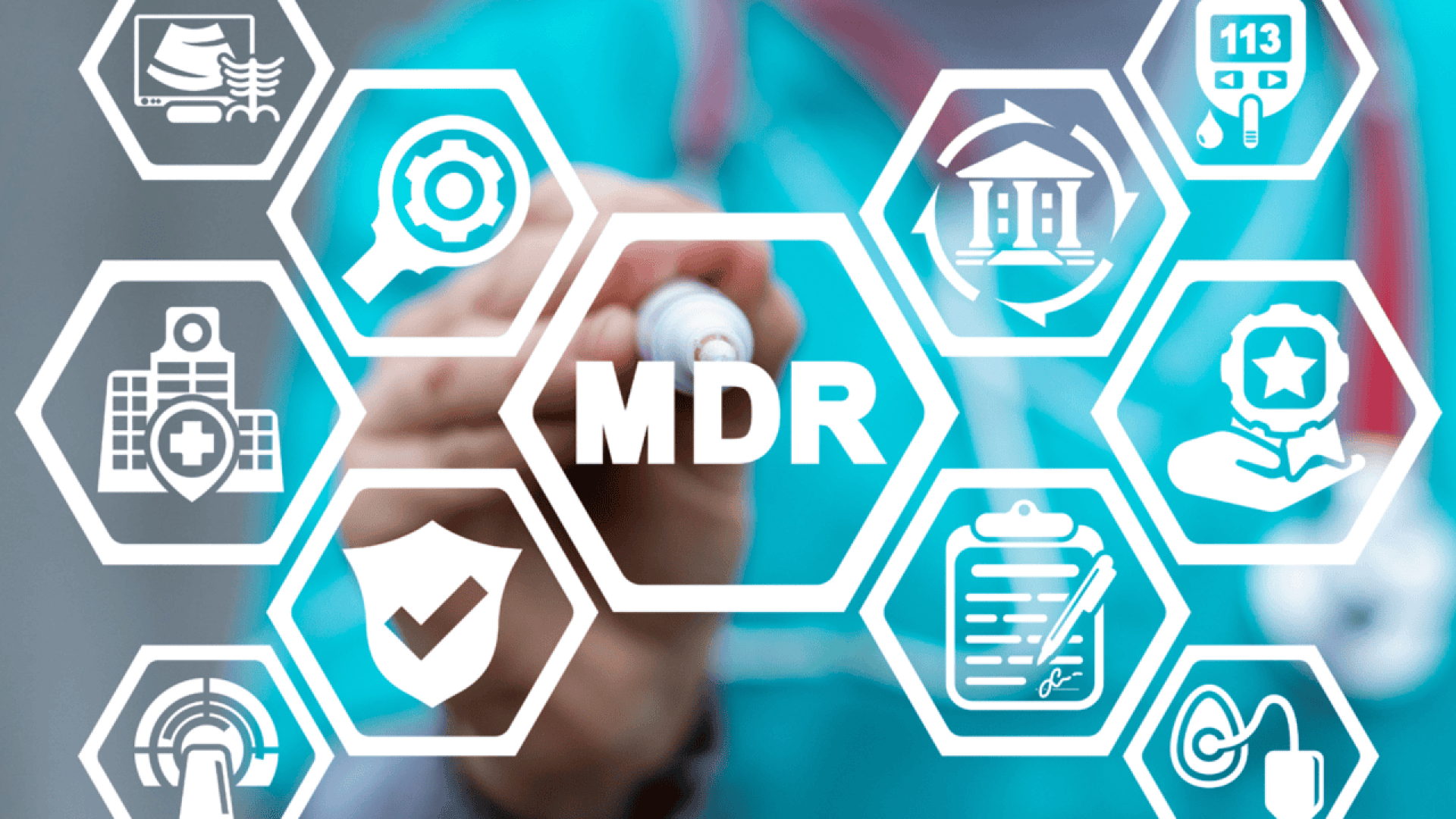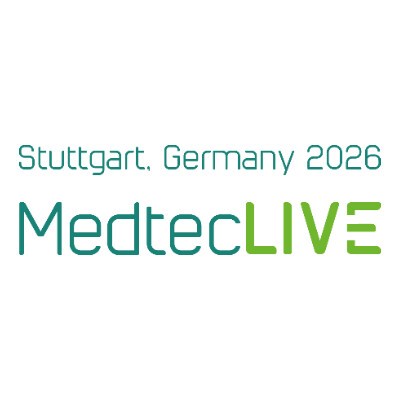MDR/IVDR: The bodyguards for medical devices
The MDR and IVDR have been the subject of debate since they were adopted in 2017. The regulation for medical devices and the regulation for in-vitro diagnostics in Europe aims to improve the safety and quality of medical devices for patients.
To this end, the requirements for authorisation, monitoring, and traceability have been tightened. However, what was intended to replace the MDD as a modern regulation and a reaction to undesirable developments in the past has failed to be implemented to date.
On the one hand, there was a lack of Notified Bodies that are allowed to certify according to MDR, on the other hand, manufacturers struggled with the increased requirements due to MDR. Out of concern about product shortages, the EU Commission finally decided on 07 March 2023 to extend the transition periods. This turns the plans of many manufacturers upside down, who have already invested in re-certification or wanted to take a product off the market by May 2024. However, the extension also poses new or changed challenges for other stakeholders.
Difficult from the start
With the 2017 decision, the MDR/IVDR Regulation came into force on 26 May 2021 and provided for all medical devices to be recertified by 27 May 2024. However, this turned out to be more complex than previously assumed. "In 2019, TÜV Süd was the first notified body to be allowed to certify according to MDR, after which an average of ten were added per year and in 2023 we will be at 38 notified bodies. In MDD times, there were twice as many (across Europe)," explains Martin Schmid, Managing Director and Senior Consultant at encotec. The company advises in connection with development, approval and quality management for the medical device industry. There were bottlenecks both on the manufacturer side and on the side of the notified bodies that approve medical devices.  © Julia Steckeler | MedicalMountains
© Julia Steckeler | MedicalMountains
"However, the capacity bottleneck also exists on the side of the laboratories, as companies have to do tests and provide evidence for the MDR," adds Julia Steckeler, Managing Director of MedicalMountains. From 2017 to the end of 2022, Notified Bodies issued 2,444 certifications, which corresponds to about 14 per cent of all medical devices to be certified. In the course of this, a medical device shortage threatened after the transition period expired in May 2024. As a result, on 7 March the Council of the European Union decided to give Notified Bodies and manufacturers more time to certify medical devices. Depending on the risk class, the deadline for MDD certificates was extended to 2027 or 2028.
What will change as a result of the extension?
The decision of the EU Commission envisages extending the transitional periods for re-certification in the European Medical Devices Regulation and deleting "sell-off periods". For this, the MDR sets out the transitional provisions, including the transitional periods, in Article 120. "When the deadline was extended, the focus was on market supply, it was about existing products that were already on the market and remain unchanged. For innovations and start-ups that did not exist before 2023, as well as products from the lowest risk group, it offers no advantage," explains Schmid. However, due to the complex formulations, manufacturers run the risk of not understanding or meeting the regulatory requirements. "The deadline extensions are of course to be welcomed at first, but do not change some fundamental problems. The requirements for clinical data, for example, are in my opinion often over-interpreted, especially for old products, laws and normative requirements are interpreted differently, costs increase extremely. Pragmatic, risk-based approaches are no longer accepted by Notified Bodies, no matter how long the products have been on the market. These problems remain despite extensions," says Ralf Klein, Managing Director of Radimed.  © Dr Royth von Hahn | TÜV Süd
© Dr Royth von Hahn | TÜV Süd
Challenge of the Notified Bodies
The MDR challenge also relates to the Notified Bodies. Not only are there too few of them, some are still in unexpectedly long designation processes with authorities in order to be allowed to certify medical devices. With the 6,514 applications that can be processed annually, there is a gap of 12,500 applications that should actually have been transferred. "One has to take into account that while the number of MDR certificates was and still is small compared to existing MDD certificates, efficiency and throughput increase with time. From our point of view, an extension until the middle or end of 2026 would have been sufficient. Nevertheless, we welcome the fact that a certainly sufficient deadline has now been set," says Dr Royth von Hahn, Senior Vice President of TÜV Süd, and is clearly more optimistic than many other players. © Niklas Kuczaty | VDMA
© Niklas Kuczaty | VDMA
Challenges for companies
On the manufacturers' side, the MDR is accused of overregulation, high effort and high costs, as well as neglecting existing products that are already on the market. "The effort is significantly higher due to the changes that have occurred from MDD to MDR, so it is often a question of resources for medium-sized companies. The capacities for re-certification have to be taken from somewhere, in case of doubt from the research and innovation sector. From an innovation point of view, the MDR certainly leads to an innovation backlog or a slowdown," explains Niklas Kuczaty, Managing Director of VDMA Medizintechnik and conceptual sponsor of MedtecLIVE. The conformity assessment process between companies and notified bodies has also slowed down. There is still a lack of a uniform tool with which approval documents can be submitted and automatically checked. In addition to the increased effort, the Notified Bodies are also a cost driver. They have almost doubled their costs with the introduction of the MDR, manufacturers repeatedly say. "The direct costs of the notified bodies have increased for two reasons. Firstly, the depth of assessment in the conformity assessment procedure has increased due to the MDR, which is why the procedures take between 30 and 50 percent longer. Above all, the evaluation of clinical data requires more time. On the other hand, the costs on the part of the notified bodies have increased because the demand for technical and clinical experts in the manufacturing industry has been so high that the market salaries of such experts with regulatory expertise have risen between 30 and 50 percent. However, a much higher share of the total costs is accounted for by the internal efforts and thus the resources required on the manufacturer side," explains Dr Royth von Hahn. Ralf Klein explains what the MDR meant for his company Radimed: "We reduced our product lines from six to four, because the conformity assessment procedure for the class III product under the MDR would simply no longer pay off here. Our strategies under the MDR are to digitise the files in order to simplify the medical device procedures as well, and furthermore to keep the knowledge in-house. As a small company, we cannot afford to buy in the knowledge of expensive consultants, who are increasingly to be found at the moment. Instead, we do association work in networks with other companies to share knowledge."
"The creation of networks and the personal exchange of ideas is essential, especially for regulatory topics, and offers many advantages. That is why 'Regulatory' is one of the main topics at MedtecLIVE with T4M," adds Christopher Boss, Executive Director of MedtecLIVE.
Impact on patients
One of the reasons for the introduction of the MDR was the increased number of incidents in the past in which patients were harmed by medical devices. Products are to be made safer due to the increased requirements, and the medical device market is to be cleaned up in the next few years. The extent to which this will be achieved can only be estimated. "In Europe, we will lose product diversity. We have already lost numerous proven medical products and, for many other product types, the last European manufacturers. In addition, the MDR has an impact on the innovation activities of companies and on cooperation with clinics. In the end, this also affects the patient. We will be cared for, but not in the way we used to be able to be cared for, i.e. surgical techniques will be put back a few years because products will be missing and it will no longer be easy to get new, innovative techniques approved in the EU because this can no longer be planned and is far too cost-intensive. The patient safety of the products that will then still be available will be as good as ever, but the well-being of patients will be clearly endangered," Julia Steckeler draws a thought-provoking conclusion.


